Factory Tour
What Makes Power Wall Lifepo4 Battery 10kwh 200ah a Game Changer in Energy Storage
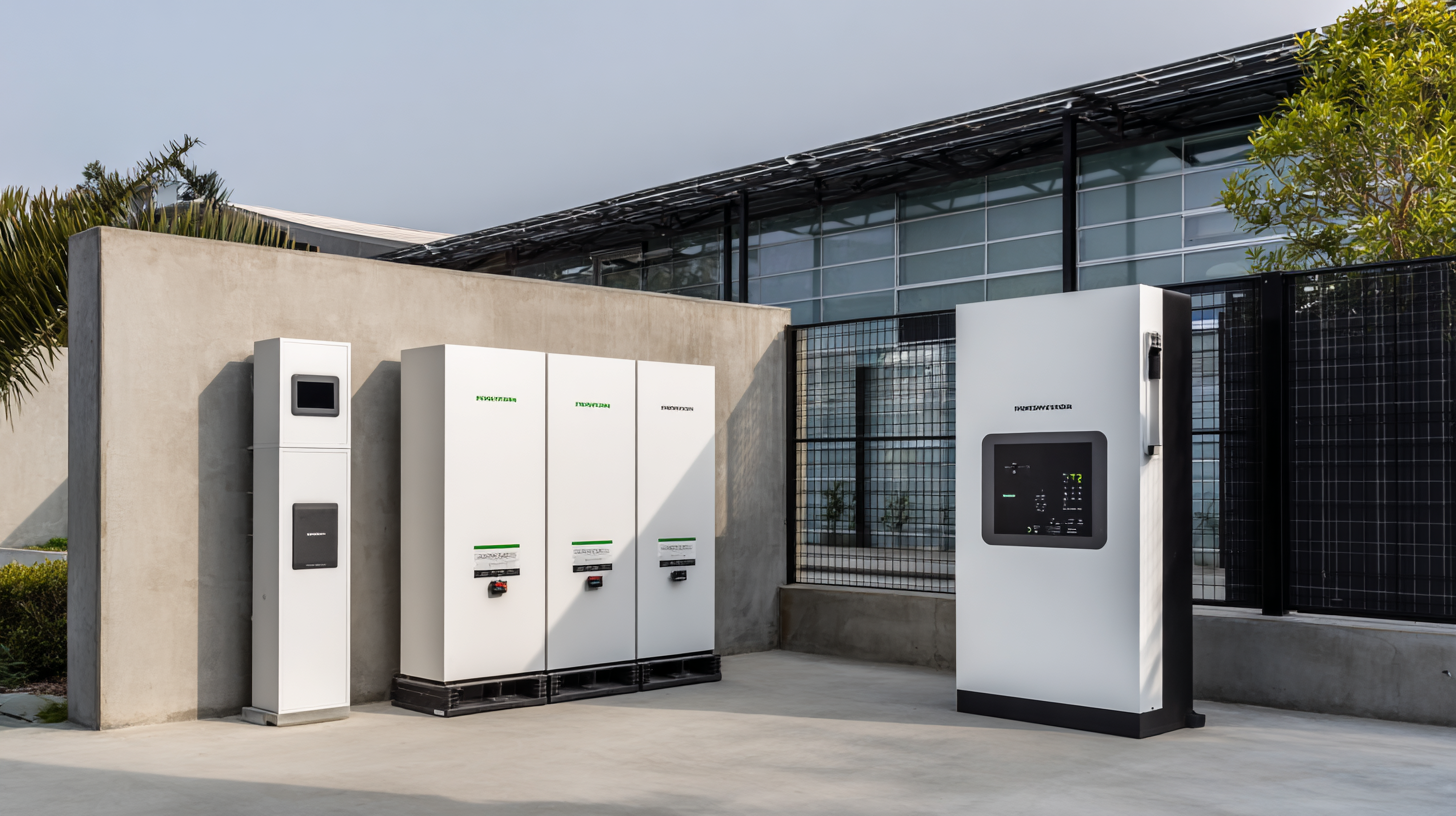 In the rapidly evolving energy landscape, the "Power Wall Lifepo4 Battery 10kwh 200ah" stands out as a revolutionary solution that addresses the pressing challenges of energy storage. Recent industry reports indicate that the global energy storage market is anticipated to reach $200 billion by 2026, driven by the increasing demand for renewable energy sources and the need for efficient energy management systems.
The Power Wall's impressive specifications, offering 10kWh of capacity with a robust 200Ah, provide significant advantages in terms of power supply stability and scalability for residential and commercial applications. By leveraging lithium iron phosphate (LiFePO4) technology, this battery not only enhances safety and lifespan—often exceeding 10 years—but also optimizes energy efficiency. As energy independence becomes a priority amidst rising utility costs and environmental concerns, the Power Wall Lifepo4 Battery serves as a game changer, enabling users to harness, store, and utilize energy more effectively than ever before.
In the rapidly evolving energy landscape, the "Power Wall Lifepo4 Battery 10kwh 200ah" stands out as a revolutionary solution that addresses the pressing challenges of energy storage. Recent industry reports indicate that the global energy storage market is anticipated to reach $200 billion by 2026, driven by the increasing demand for renewable energy sources and the need for efficient energy management systems.
The Power Wall's impressive specifications, offering 10kWh of capacity with a robust 200Ah, provide significant advantages in terms of power supply stability and scalability for residential and commercial applications. By leveraging lithium iron phosphate (LiFePO4) technology, this battery not only enhances safety and lifespan—often exceeding 10 years—but also optimizes energy efficiency. As energy independence becomes a priority amidst rising utility costs and environmental concerns, the Power Wall Lifepo4 Battery serves as a game changer, enabling users to harness, store, and utilize energy more effectively than ever before.
What is LiFePO4 Technology and Why It Matters in Modern Energy Storage?
LiFePO4 technology, or Lithium Iron Phosphate, is revolutionizing modern energy storage systems, particularly through innovations like the Power Wall 10kWh battery. This type of battery chemistry is notable for its thermal stability, safety, and longer cycle life compared to traditional lithium-ion batteries. With LiFePO4, users can expect not only enhanced safety features, reducing the risk of combustion or thermal runaway, but also a lifespan of over 2000 charge cycles. This is a significant advantage for both residential and commercial energy storage applications, where longevity translates to cost-effectiveness.
Moreover, the environmentally friendly nature of LiFePO4 technology is gaining attention. Unlike other lithium chemistries that may contain toxic elements, LiFePO4 is more eco-friendly, facilitating better recycling and disposal practices. This makes the Power Wall battery particularly appealing to environmentally conscious consumers and businesses looking to reduce their carbon footprint. As renewable energy sources become more common, integrating efficient and reliable storage solutions like the LiFePO4 Power Wall will be integral to optimizing energy consumption and enhancing grid stability.
What Makes Power Wall Lifepo4 Battery 10kwh 200ah a Game Changer in Energy Storage?
| Feature | Description | Benefits | LiFePO4 Advantages |
|---|---|---|---|
| Capacity | 10 kWh | Sufficient for household energy needs | High energy density |
| Discharge Rate | Up to 100A | Meets high power demand during peak hours | Stable voltage under load |
| Lifecycle | 2000 - 5000 cycles | Long lifespan reduces replacement costs | Excellent thermal stability |
| Temperature Range | -20°C to 60°C | Operational in diverse climates | Wide operating range enhances usability |
| Weight | Approx. 90 kg | Manageable for installation | Compact design for energy storage solutions |
| Safety | Non-flammable and stable chemistry | Minimized risk of fire or explosion | Inherent safety over other lithium types |
Key Benefits of a 10kWh Power Wall for Residential Applications
The 10kWh Power Wall utilizing LiFePO4 battery technology is revolutionizing energy storage for residential applications. One of the most significant benefits is its impressive energy capacity, which allows homeowners to store enough energy to power essential appliances during peak usage times or outages. This feature not only enhances energy security but also promotes a more sustainable lifestyle by maximizing the potential of renewable energy sources like solar panels.
Additionally, the LiFePO4 chemistry ensures a longer lifespan and greater safety compared to traditional lithium-ion batteries. This means that homeowners can invest with confidence, knowing their energy storage system will last significantly longer while maintaining a higher level of performance. Furthermore, the advanced thermal stability reduces the risk of overheating or battery failure, making it a safer choice for residential environments. With its innovative design and key advantages, the 10kWh Power Wall is indeed a game changer in the realm of energy storage, empowering homeowners to take control of their energy use like never before.
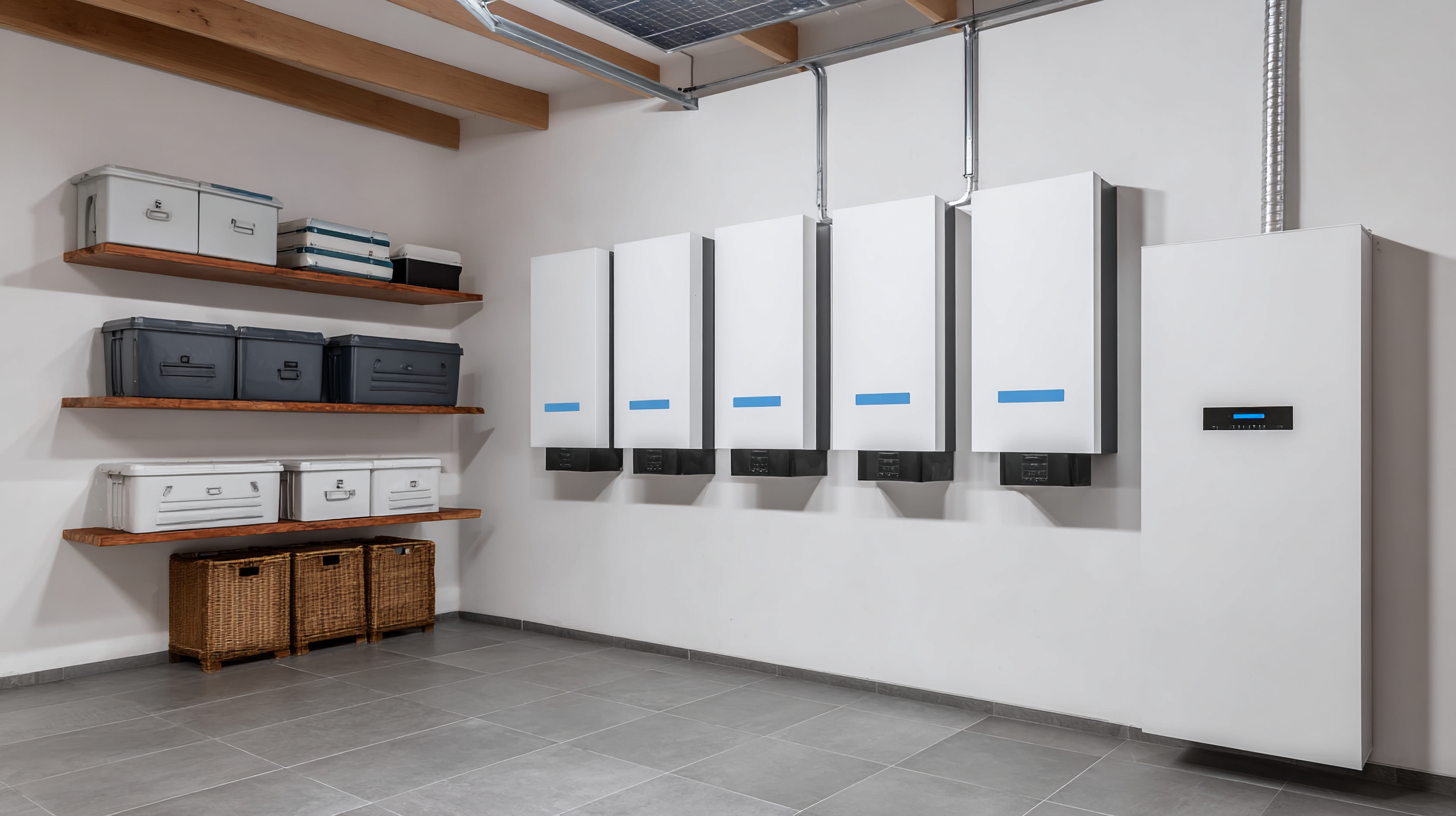
Comparing Energy Density and Efficiency: LiFePO4 vs. Traditional Lithium-ion Batteries
The energy storage landscape is rapidly evolving, and the introduction of the Power Wall LiFePO4 battery marks a significant milestone in this journey. When we compare energy density and efficiency, lithium iron phosphate (LiFePO4) batteries stand out against traditional lithium-ion variants. One of the most compelling characteristics of LiFePO4 is its lower energy density; however, this is offset by a range of advantages that make it highly efficient for specific applications, especially in home energy storage systems.
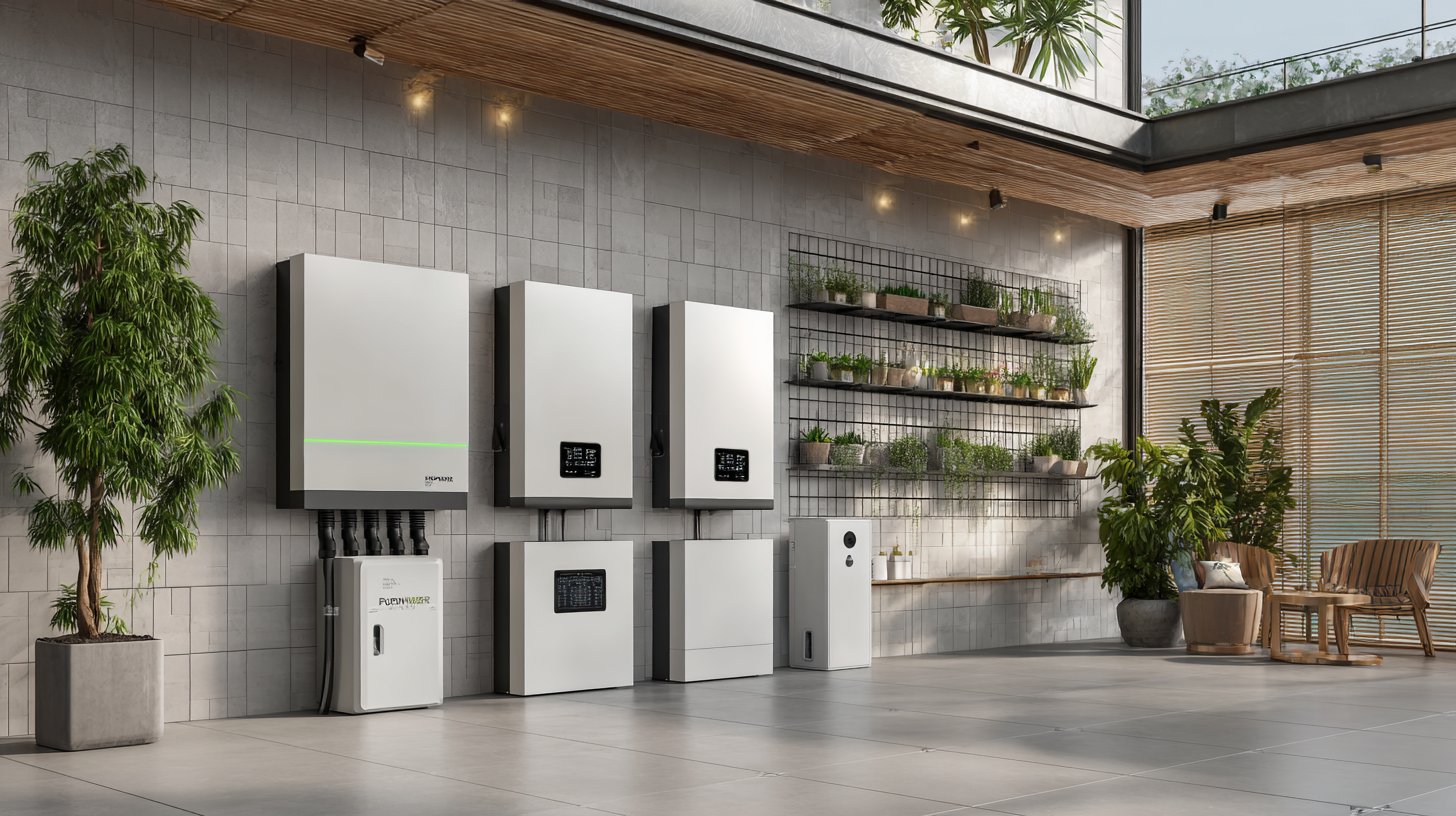 LiFePO4 batteries exhibit enhanced thermal stability and safety compared to their lithium-ion counterparts. While traditional lithium-ion batteries may have higher energy density, they also come with increased risks of overheating and thermal runaway. The robust architecture of LiFePO4 batteries ensures that they maintain performance even under challenging conditions, making them a reliable choice for long-term energy storage. Additionally, the efficiency of LiFePO4 in charge-discharge cycles allows for improved energy management, further solidifying their role as a game changer in efficiently storing and utilizing renewable energy.
LiFePO4 batteries exhibit enhanced thermal stability and safety compared to their lithium-ion counterparts. While traditional lithium-ion batteries may have higher energy density, they also come with increased risks of overheating and thermal runaway. The robust architecture of LiFePO4 batteries ensures that they maintain performance even under challenging conditions, making them a reliable choice for long-term energy storage. Additionally, the efficiency of LiFePO4 in charge-discharge cycles allows for improved energy management, further solidifying their role as a game changer in efficiently storing and utilizing renewable energy.
Cost-Effectiveness of Power Wall Solutions: A Financial Breakdown
The Power Wall LiFePO4 battery, boasting a capacity of 10kWh and 200Ah, represents a paradigm shift in energy storage solutions, particularly when viewed through the lens of cost-effectiveness. One of the crucial advantages of this battery system is its longevity and minimal maintenance requirements, which translate into lower overall ownership costs. Unlike other battery technologies, LiFePO4 batteries exhibit an impressive cycle life, often exceeding 5,000 charge and discharge cycles. This durability means that consumers can enjoy a more sustainable energy solution that ultimately reduces long-term operational expenses.
Furthermore, the financial breakdown of investing in a Power Wall system reveals its potential to generate significant savings over time. By harnessing solar energy and storing it for later use, users can decrease their reliance on grid electricity, resulting in lower monthly utility bills. The initial investment can often be recouped through energy savings in just a few years, alongside various incentives and rebates available for renewable energy installations. As energy costs continue to rise, the economic viability of Power Wall solutions becomes increasingly compelling, making it an attractive option for homeowners and businesses aiming to enhance their energy independence.
Cost-Effectiveness Analysis of Power Wall LiFePO4 Battery (10kWh, 200Ah)
This chart presents a cost-effectiveness analysis of the Power Wall LiFePO4 Battery with 10kWh capacity and 200Ah capacity. It compares the initial cost, projected lifetime savings, maintenance cost, and return on investment, illustrating its financial feasibility as a sustainable energy storage solution.
Real-World Case Studies: The Impact of 10kWh Power Walls on Energy Independence
The rise of the 10kWh Power Wall LiFePO4 battery is revolutionizing energy independence for consumers and businesses alike. Case studies show that homes equipped with this energy storage solution significantly reduce their reliance on the grid. According to a report by the International Renewable Energy Agency (IRENA), energy storage systems, like the 10kWh Power Wall, can achieve a payback period of under five years for most residential users. This shift not only lowers electricity costs but also enhances resilience during power outages—an increasingly important consideration in today’s unpredictable climate.
In one compelling example, a residential community in California installed multiple 10kWh Power Walls and reported a staggering 80% reduction in peak power consumption. This community's collective efforts to harness energy efficiently have maximized their solar panel outputs while minimizing grid dependency. Furthermore, data from the U.S. Department of Energy reveals that integrating advanced battery technologies can enable consumers to control their energy usage proactively, leading to an overall increase in home efficiency. As more households invest in such innovative solutions, the long-term benefits of energy independence become increasingly evident, driving a paradigm shift across the energy landscape.
Related Posts
-
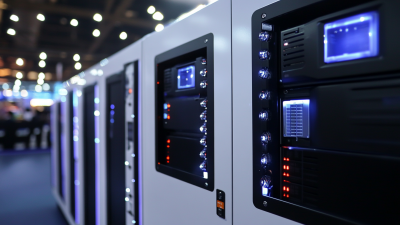
Top 10 Lifepo4 Energy Storage Battery Manufacturers from China at the 137th Canton Fair
-
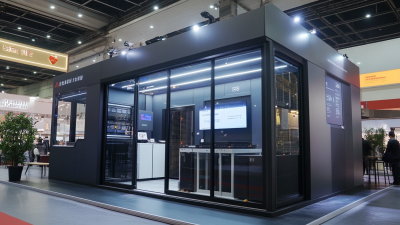
Discover Unmatched Opportunities in Floor Standing Energy Storage Battery at the 137th Canton Fair
-
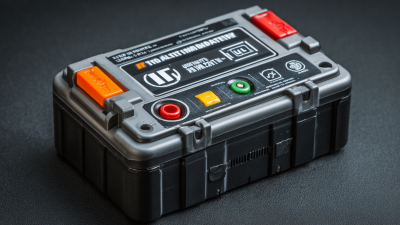
Ultimate Guide to Choosing the Best Automobile Start Lithium Battery for Your Vehicle
-

7 Key Advantages of Lifepo4 Energy Storage Battery for Global Procurement Buyers
-

Unlocking the Advantages of 16s LFP Boat Battery for Modern Marine Applications
-

7 Best Insights on 16s Lfp Boat Battery for Global Buyers






